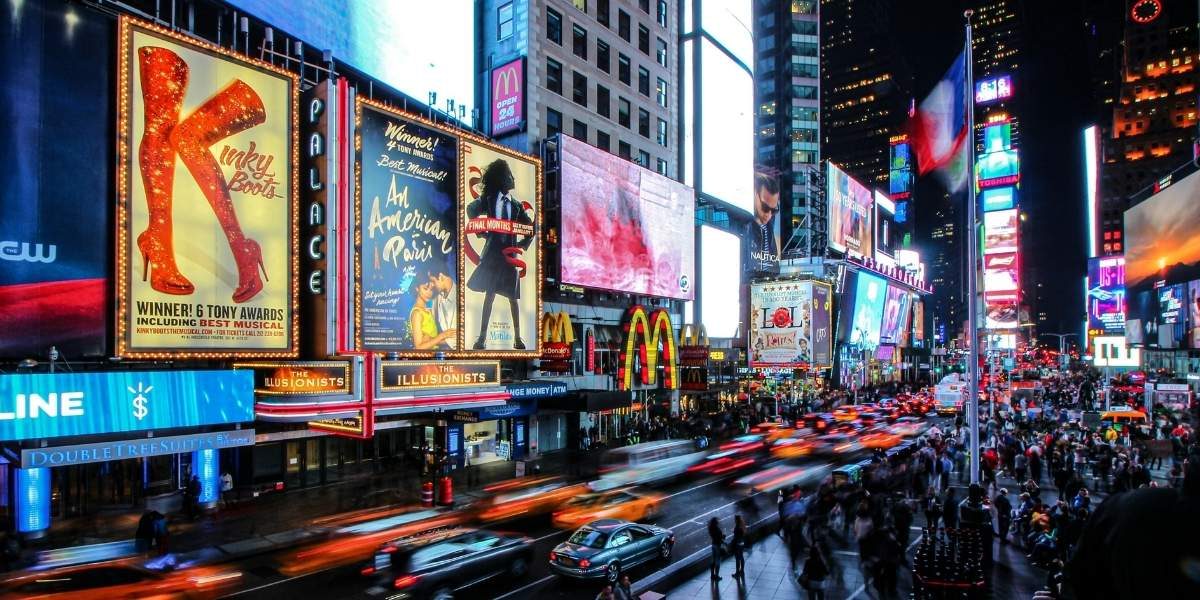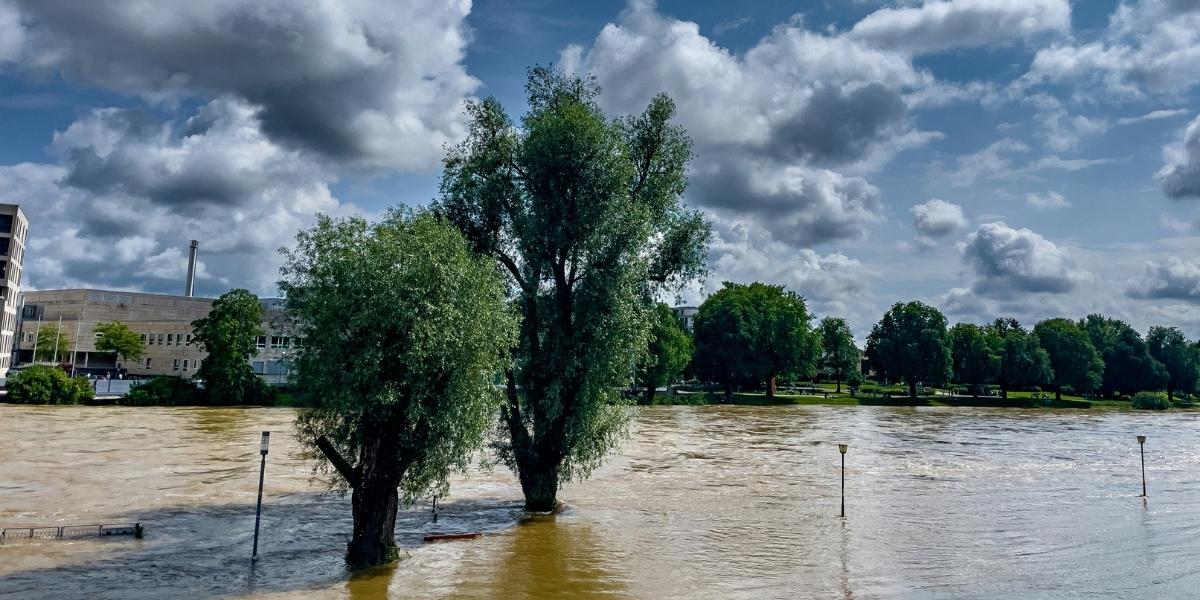How Did the Great Fire of 1835 Change New York City’s Urban Landscape?
The Great Fire of 1835 stands as one of the most pivotal moments in the history of New York City. Beginning on December 16, the fire devastated much of Lower Manhattan, reducing more than 600 buildings to ashes. At a time when New York was rapidly growing into a commercial powerhouse, the fire exposed the vulnerabilities of its urban infrastructure. The aftermath forced city planners, architects, and policymakers to rethink how a sprawling, bustling metropolis could protect itself from such disasters.
Before the fire, much of Lower Manhattan was constructed with wooden buildings, narrow streets, and inadequate firefighting resources. This combination created the perfect conditions for the blaze to spread rapidly through the financial district. The destruction revealed the need for a more resilient cityscape—one that could withstand both fire and future growth.
Read Also: Inside the New Miss Universe Headquarters in New York City
What Were the Immediate Impacts on Infrastructure and Architecture?
In the days and weeks following the fire, New York faced a critical challenge: how to rebuild swiftly while preventing another catastrophe. The rebuilding process became an opportunity to modernize the city’s infrastructure. Local government imposed stricter building codes, encouraging the use of fire-resistant materials like brick and stone instead of wood.
Architects and builders began designing structures with greater attention to fire safety. Wider streets were planned to act as firebreaks, helping prevent future fires from leaping across blocks. Additionally, the fire led to the establishment of a more organized and professional fire department, equipped with better tools and strategically placed firehouses.
This period also marked the beginning of zoning practices that sought to separate commercial and residential areas more effectively. These changes helped shape the distinctive layout of Manhattan that is still visible today.
How Did the Fire Influence Urban Planning and Public Services?
The Great Fire of 1835 acted as a catalyst for significant urban planning reforms. City officials recognized the need for better water supply systems to support firefighting efforts. As a result, investments were made to improve the city’s water infrastructure, including the installation of more fire hydrants and improved water mains capable of delivering higher pressure.
Public safety became a top priority. The city introduced building inspections and enforcement mechanisms to ensure compliance with new fire codes. These measures represented some of the earliest forms of municipal regulation that balanced urban growth with residents’ safety.
The fire also highlighted the importance of coordinated emergency response systems. Communication networks among fire brigades improved, and training became standardized. The fire department’s transition from volunteer to professional status was accelerated, reflecting a shift toward greater civic responsibility and organization.
What Role Did the Fire Play in Economic and Social Changes?
The Great Fire disrupted New York’s economy, but it also spurred growth and transformation. Many businesses lost buildings and inventory, which created immediate financial hardship. However, the rebuilding phase attracted investment, created jobs, and stimulated innovation in construction methods and materials.
The disaster also impacted social dynamics in the city. Some displaced residents and businesses moved northward, contributing to the expansion of Manhattan beyond its original boundaries. This migration helped establish new commercial hubs and residential neighborhoods, altering the city’s demographic makeup.
Philanthropy and community efforts played crucial roles in recovery. Relief organizations provided aid, highlighting early examples of urban social welfare responses. The fire’s aftermath emphasized the interconnectedness of urban life, encouraging a spirit of cooperation among citizens, business owners, and officials.
How Did the Great Fire Shape New York City’s Identity?
The rebuilding of New York after the fire reinforced its identity as a resilient and ambitious metropolis. The disaster underscored the challenges of rapid urbanization but also demonstrated the city’s capacity for innovation and adaptation. New York’s leaders embraced modernization, blending practicality with visions of grandeur.
New architectural styles emerged, blending functionality with aesthetic appeal. The use of fireproof materials became standard practice, while public spaces and infrastructure improvements made the city more livable and attractive. This era set the stage for New York’s rise as a global economic and cultural capital.
The fire also inspired improvements beyond Lower Manhattan. The lessons learned influenced urban planning in other parts of the city and even in emerging American cities facing similar challenges.
Read Also: Why Are Tunnels Considered the Unsung Heroes of Infrastructure?
What Lessons from the 1835 Fire Still Influence New York Today?
More than 180 years later, the Great Fire of 1835 remains a defining event in New York City’s history. It serves as a reminder of the importance of preparedness, infrastructure investment, and community resilience. Modern fire codes, building regulations, and emergency response systems all trace their roots to reforms sparked by this disaster.
Urban planners and historians often point to the fire as a case study in how cities can evolve after crisis. The balance between growth and safety remains central to contemporary discussions on urban development. New York’s ongoing efforts to improve infrastructure and disaster readiness reflect a legacy born in the ashes of 1835.
The fire’s story continues to resonate as the city faces new challenges—from natural disasters to technological change—demonstrating that adaptation is key to enduring success.







